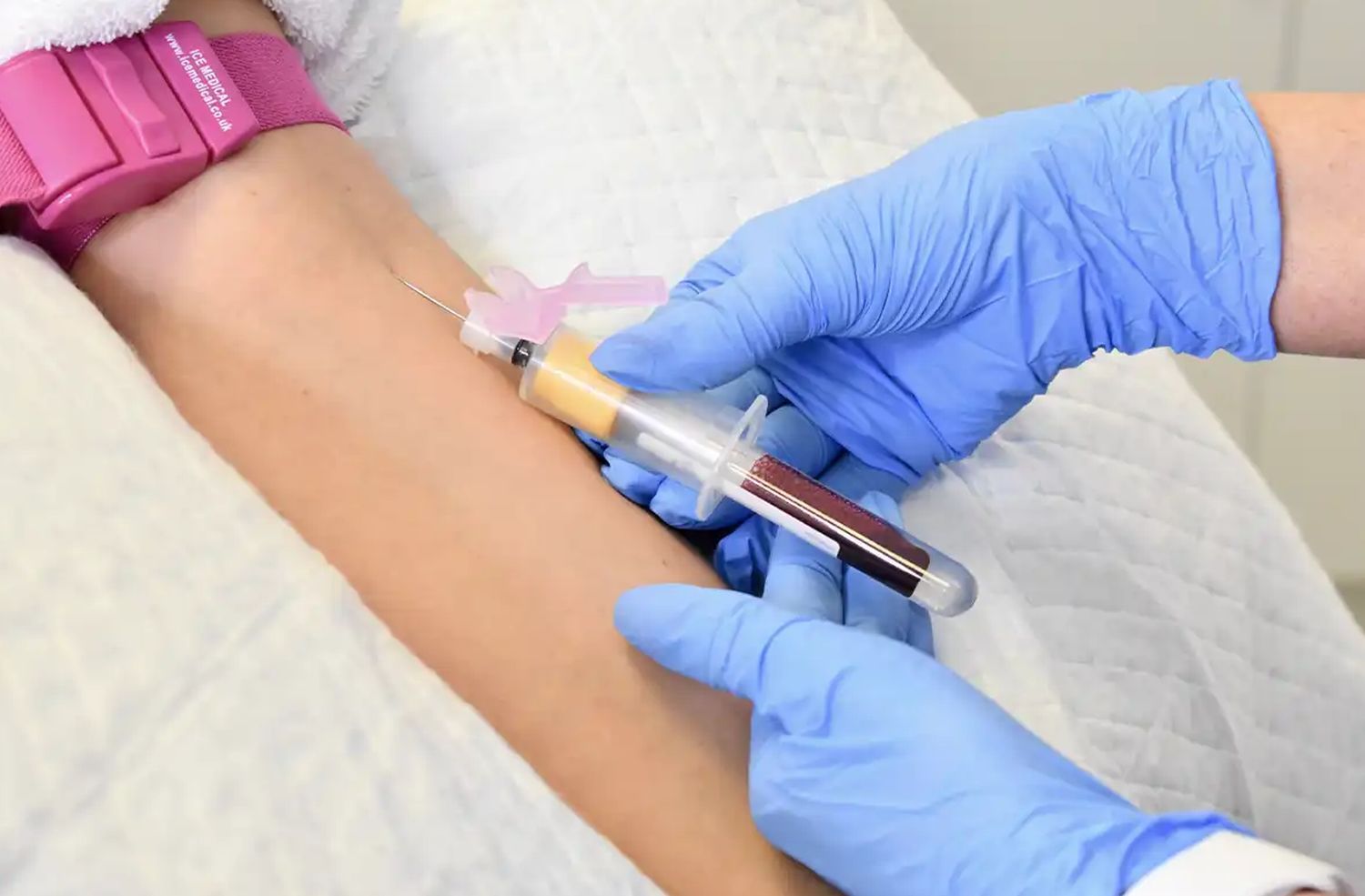A/G Ratio vs Total Protein: Complete Guide

A/G Ratio vs Total Protein: Complete Guide
The albumin-to-globulin (A/G) ratio and total protein test are essential blood markers healthcare providers use to assess liver function, kidney health, immune activity, and overall nutritional status.
Medical professionals often perform these tests together to identify protein imbalances that could point to underlying health conditions.
This guide explains the relationship between the A/G ratio and total protein, their normal ranges, how to interpret combined results, and when healthcare providers recommend both tests.
If your albumin/globulin ratio low numbers caught you off guard during a recent test, LabAnalyzer can offer a personalized breakdown of what precisely the results mean.
Relationship Between Tests
These blood tests measure proteins differently:
Total Protein Test:
Measures the sum of all proteins in the blood, including albumin and globulin.
A/G Ratio:
Shows the proportion of albumin to globulin through division.
Formula for A/G Ratio:
A/G Ratio = Albumin ÷ Globulin
Total protein equals albumin plus globulin, so changes in either component affect both measurements.
Using digital health platforms like LabAnalyzer helps track these changes over time, making it easier to spot concerning trends.
Normal Range Comparisons
Total Protein Normal Range:
Adults: 6.0 – 8.3 g/dL
Children: 5.4 – 8.0 g/dL
A/G Ratio Normal Range:
Healthy Range: 1.1 – 2.5
Low A/G Ratio (<1.0): Points to low albumin, high globulin, or both.
High A/G Ratio (>2.5): Suggests high albumin or low globulin.
How They Relate:
Low Total Protein + Low A/G Ratio: May indicate malnutrition, liver disease, or kidney disease.
High Total Protein + Low A/G Ratio: Often caused by chronic infections or multiple myeloma.
Normal Total Protein + Low A/G Ratio: Seen in autoimmune disorders and inflammatory diseases.
High Total Protein + High A/G Ratio: Can be due to dehydration or high albumin production.
Low Total Protein + High A/G Ratio: Might suggest protein loss from kidney disease or malabsorption.
Regular monitoring helps identify patterns that need medical attention.
Combined Result Analysis
These results guide healthcare providers in diagnosis and treatment.
When Both Tests Show Normal Results:
Indicates healthy protein balance.
Blood protein levels stay within expected ranges.
Regular monitoring helps maintain health awareness.
When Total Protein Rises but A/G Ratio Drops:
Possible Causes:
Chronic infections (e.g., tuberculosis, HIV).
Multiple myeloma (excess abnormal globulin production).
Autoimmune disorders (increased immune protein levels).
Healthcare providers recommend additional testing.
When Total Protein and A/G Ratio Both Drop:
Possible Causes:
Liver disease (cirrhosis, hepatitis).
Chronic kidney disease (protein loss in urine).
Malnutrition or malabsorption disorders (celiac disease, Crohn's disease).
Treatment focuses on underlying conditions.
When Total Protein Drops but A/G Ratio Rises:
Possible Causes:
Severe protein loss from the gut or kidneys.
Nutritional deficiencies affecting globulin synthesis.
Dietary changes might help improvement.
When Total Protein and A/G Ratio Both Rise:
Possible Causes:
Dehydration (concentrated protein levels).
Chronic steroid use increasing albumin production.
Monitoring helps track treatment effects.
Disease Pattern Recognition
A/G ratio and total protein measurements help identify various conditions.
Liver Disease (Cirrhosis, Hepatitis): Both total protein and A/G ratio are low.
Kidney Disease (Nephrotic Syndrome): Total protein is low, but A/G ratio is high.
Autoimmune Disorders (Lupus, Rheumatoid Arthritis): Total protein is high, while A/G ratio is low.
Chronic Infections (Tuberculosis, HIV, Hepatitis C): Total protein is high, but A/G ratio is low.
Multiple Myeloma (Plasma Cell Cancer): Total protein is high, while A/G ratio is low.
Malnutrition and Malabsorption: Total protein is low, but A/G ratio is high.
Using LabAnalyzer or similar tools helps patients track these patterns between healthcare visits, enabling earlier identification of concerning changes.
Treatment Monitoring
Healthcare providers track A/G ratio and total protein changes to evaluate treatment effectiveness.
Liver Disease:
A/G ratio improvements suggest better liver function.
Persistent low total protein points to ongoing damage.
Regular monitoring guides treatment adjustments.
Autoimmune Conditions:
Low A/G ratio suggests active inflammation.
Rising total protein indicates immune activity changes.
Treatment modifications depend on results.
Infection Recovery:
Higher A/G ratio points to infection control.
Protein levels normalize with successful treatment.
Regular testing tracks progress.
Nutritional Improvements:
Balanced protein levels show better nutrition.
A/G ratio normalizes with proper diet.
Ongoing monitoring ensures sustained progress.
When to Test Both
Healthcare providers order both tests for:
Routine Health Checkups: Part of comprehensive metabolic panels (CMPs).
Liver & Kidney Disease Evaluation: Checking for protein imbalances.
Chronic Infections & Autoimmune Disorders: Assessing immune function.
Nutritional Deficiencies & Malabsorption Issues: Detecting protein loss.
Cancer Screening (Multiple Myeloma, Leukemia, Lymphoma): Evaluating abnormal globulin production.
Treatment Monitoring: Tracking therapeutic effectiveness.
Disease Prevention: Early detection of protein imbalances.
Health Maintenance: Regular protein status assessment.
Combined testing provides comprehensive protein status information, supporting accurate diagnosis and treatment decisions.